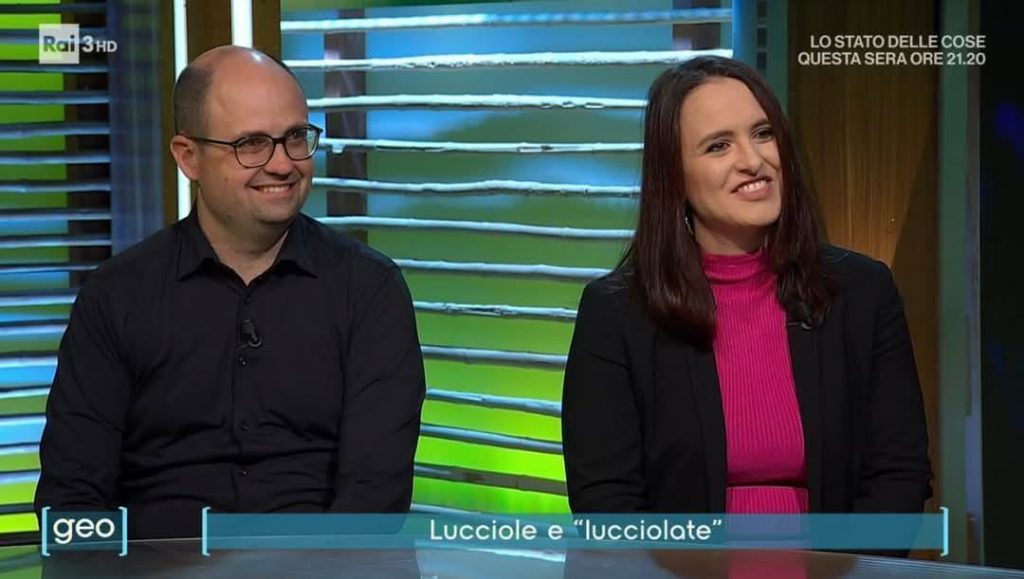The past year of the L.U.C.E. (Lighting Up Conservation Efforts) project has been a remarkable journey—scientifically enriching, socially meaningful, and full of inspiring human connections. Led by a committed team of researchers and supported by an international network of students, the project has contributed not only to the study of European fireflies, but also to a growing culture of public engagement and environmental responsibility.
Fireflies in Italy: Rediscovering a Hidden Biodiversity
Dr. Emiliano Mori
“This past year with the L.U.C.E. project has been intense but truly wonderful. Fireflies are such charismatic creatures, yet in scientific research they are often treated as if they don’t matter. Italy is actually the richest country in Europe for lampyrids, and thanks to this project we were finally able to update their biogeography and even report species not previously known from our country, such as Lampyris pallida from Linosa island.”
Despite their cultural charm, fireflies remain understudied in Europe. The L.U.C.E. project has played a crucial role in addressing that gap, providing updated data on Italian lampyrids and documenting new species records.
But for Mori, the greatest achievement has been human, not scientific:
“What makes me proudest is the impact we had on the students. Out of the 16 who joined our training school, 7 decided to keep working with us afterwards—helping with sample collection, joining field campaigns, and even taking part in outreach events and conferences. Seeing their enthusiasm grow and knowing we helped spread that passion has been one of the most exciting parts of this journey.”
Science, outreach and community: A project built on participation
Camilla Moonen
For Camilla Moonen, one of the project’s strongest components has been communication—creating bridges between researchers, students, and the wider public.
“One of the key aspects of the L.U.C.E. project, in my opinion, has been the communication and outreach work, which involved different audiences at various levels. A very important initiative was the creation of a training school aimed at students from all across Europe, designed to deepen their knowledge of firefly taxonomy.”
With this training school, the team hoped not only to teach, but to build a lasting network of young specialists in firefly research, a field where scientific expertise is still scarce.
The public, too, played a crucial role:
“We organised firefly walks to bring the local community closer to conservation. These events allowed people—even with no scientific background—to experience fireflies up close and understand why they matter. We didn’t just raise awareness; we involved citizens directly in protecting these small but essential creatures.”
Quotes from students
Direct testimonies from participants reflect both the educational value and emotional impact of the project:
“The L.U.C.E project was truly enlightening: the lectures were great, and it was inspiring to meet such outstanding experts in the field. It was also amazing to meet other students who are passionate about fireflies and insects. I will treasure this wonderful experience.” — Bazzani
“A brilliant journey into the world of fireflies… an experience that deepened my curiosity and strengthened my sense of connection to research and the protection of biodiversity.” — Andrea Guadagnini
“The L.U.C.E. project has empowered early-career researchers to highlight the rich but understudied firefly biodiversity of the Italian Peninsula… building a network of enthusiasts and professionals with a common goal: to protect and enhance firefly biodiversity for future generations.” — Lagrotteria
L.U.C.E. Project highlights
L.U.C.E. students and researchers after the end of the L.U.C.E. training school in the CNR-IRET gardens in Sesto Fiorentino, Italy.
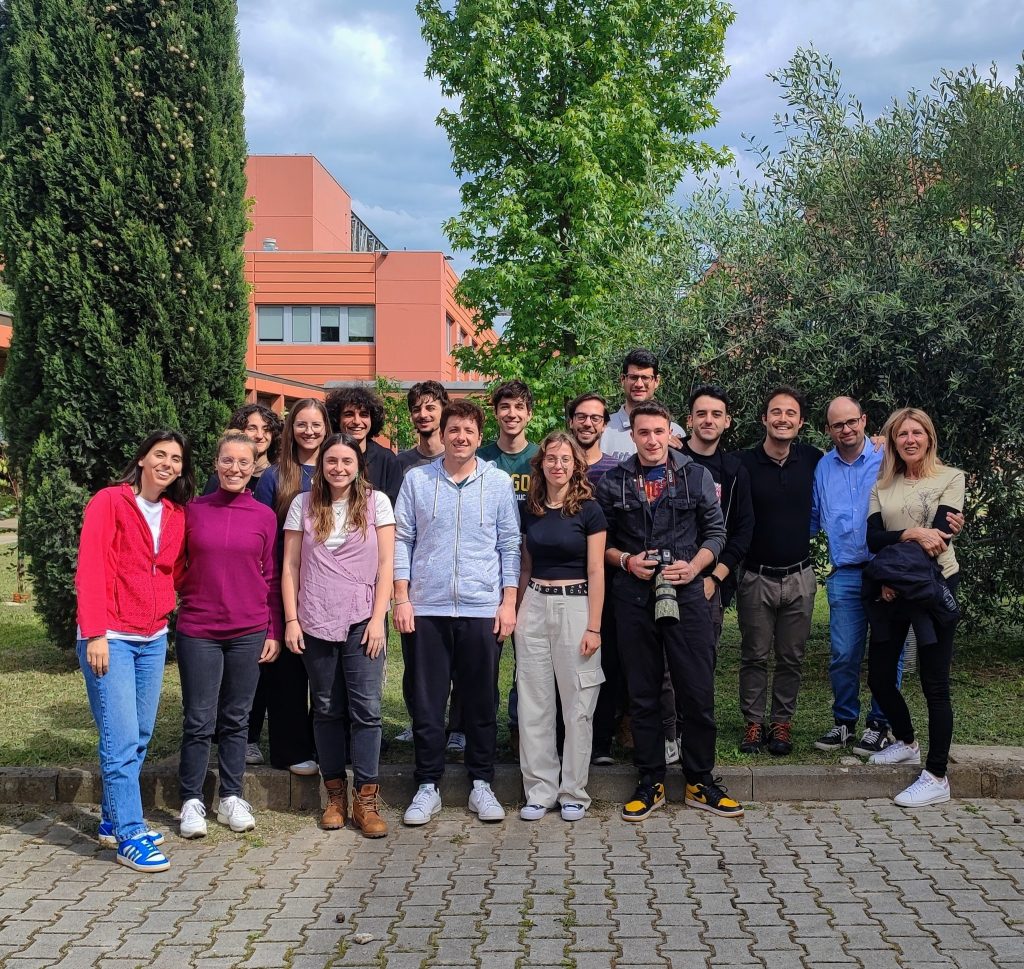
L.U.C.E. students engaged in a nighttime field activity in the urban area of Sesto Fiorentino, where they captured and identified fireflies, particularly those of the genus Luciola—the most widespread in Italy—which also includes the endemic species Luciola pedemontana.

A female Lampyris fuscata L.U.C.E. students participating in a nighttime field activity in Florence, on the final evening of the course, when both Luciola pedemontana and were sampled.
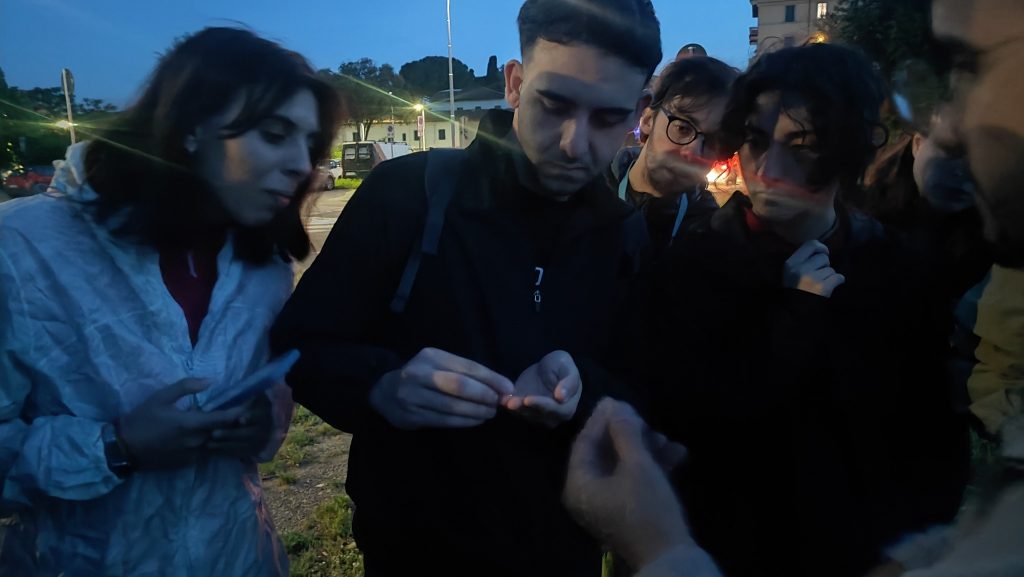
Students attending a lecture on firefly morphology with Professor Luiz Silveira during the May 2025 training course.
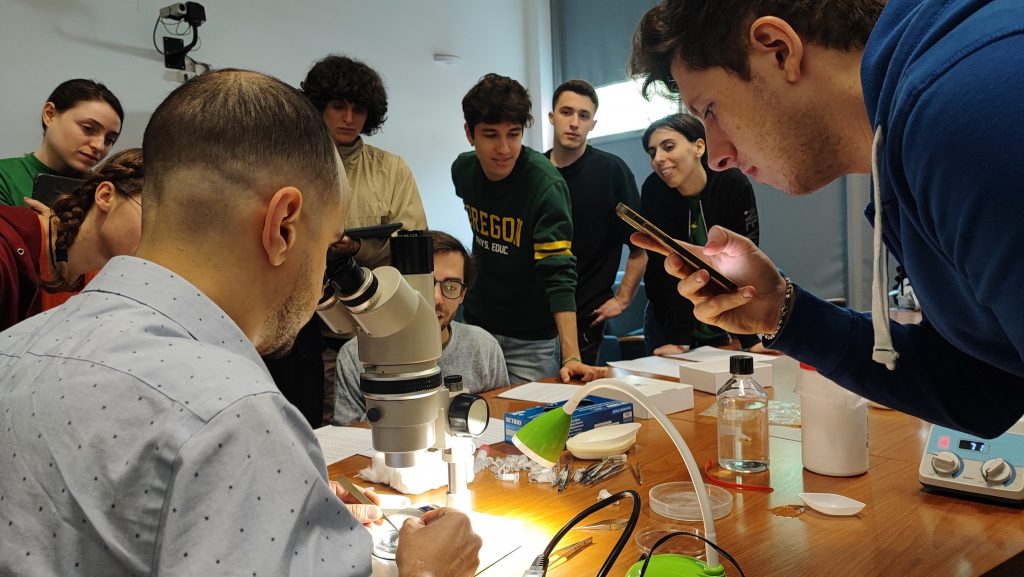
Students of the training school attending a firefly genetics class with Professor Mariella Baratti, May 2025.
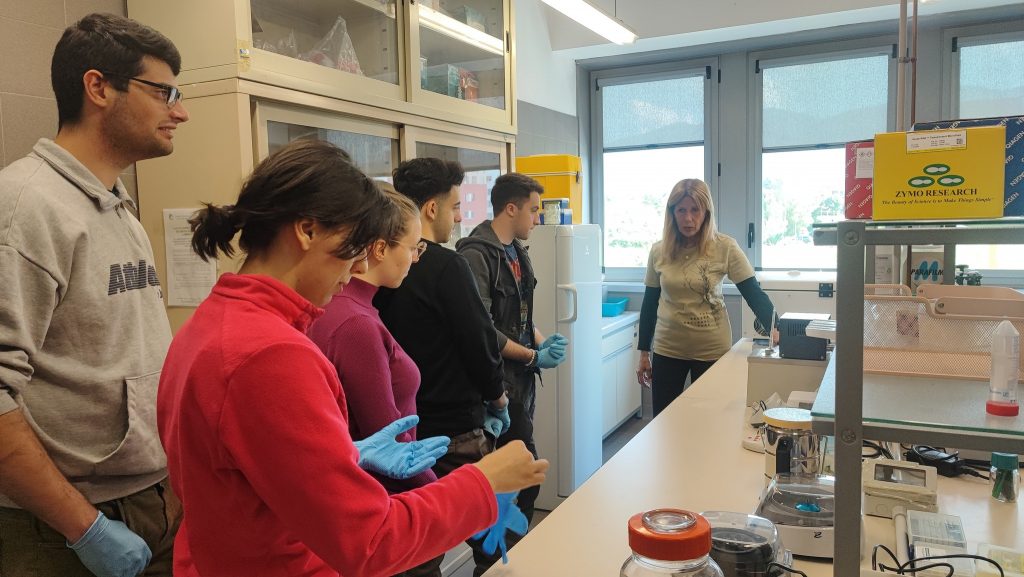
Malayka Picchi, Luiz Silveira, and training school student Dario Cioppa at the International Firefly Symposium in Mexico, presenting data collected during the L.U.C.E. project.

Professor Mariella Baratti conducting electrophoresis analyses on Italian firefly samples amplified through PCR at the laboratories of the National Research Council of Italy.

Emiliano Mori speaking at the IUFRO International Congress in Split, Croatia, about Italian fireflies and the positive ecological role of a natural ecosystem engineer, the beaver.
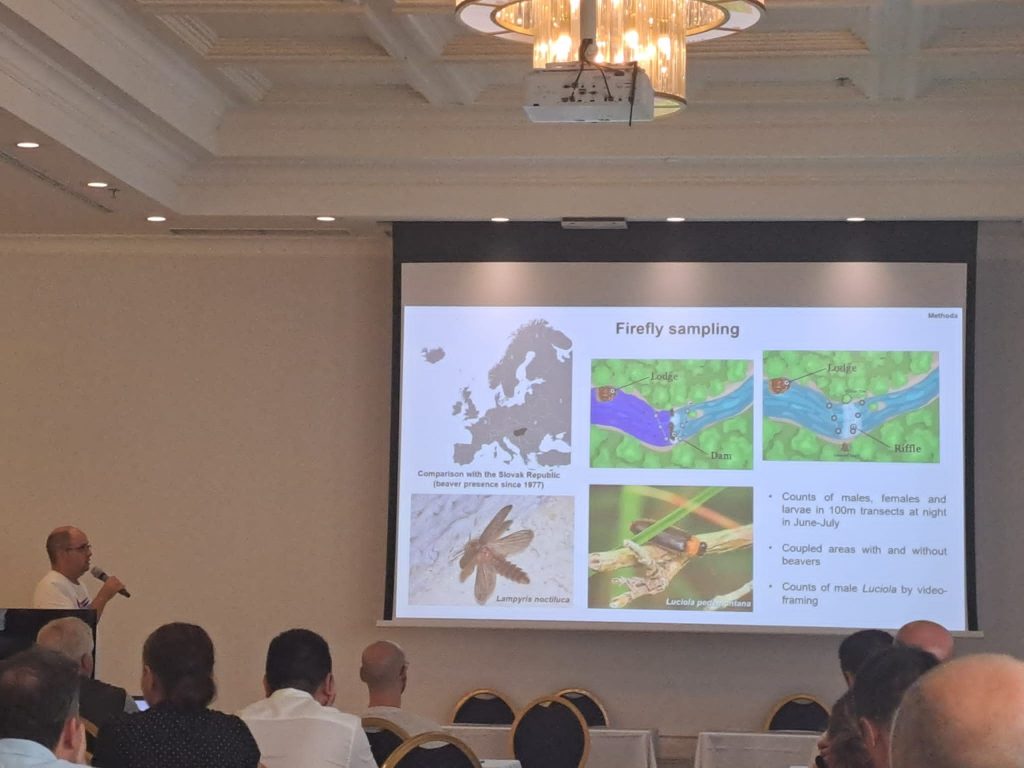
Emiliano Mori and Malayka Picchi on the national Italian TV show Geo, presenting the L.U.C.E. project.
